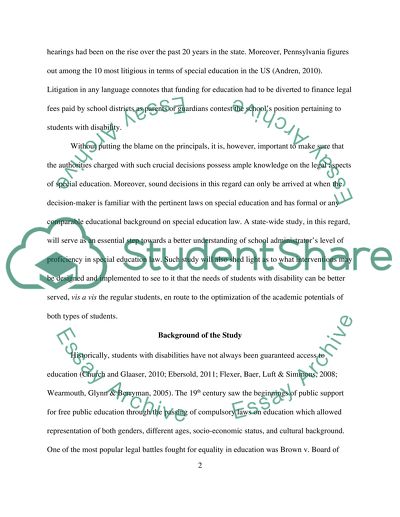Cite this document
(“Chapter 1 of dissertation on building level principals' knowledge of”, n.d.)
Retrieved de https://studentshare.org/education/1390150-chapter
Retrieved de https://studentshare.org/education/1390150-chapter
(Chapter 1 of Dissertation on Building Level principals' Knowledge of)
https://studentshare.org/education/1390150-chapter.
https://studentshare.org/education/1390150-chapter.
“Chapter 1 of Dissertation on Building Level principals' Knowledge of”, n.d. https://studentshare.org/education/1390150-chapter.


